Concrete Mixers: What you need to know
Hand mixing concrete can be a physically demanding task.
When it comes to huge volumes of cement or concrete, 'how to use a concrete mixer' is frequently a critical concern that ends up saving a lot of time, money, and labour.
If you're in this situation and want to learn how to use a concrete mixer, the good news is that these mixers are both inexpensive to buy or rent and straightforward to use.
The fundamental operational methods for utilising a mixer will be the same regardless of the type of project you are working on. Our recommendations on how to get the most out of your mixer will therefore be useful, whether you are laying the foundation of a structure or making a few steps for your garden.
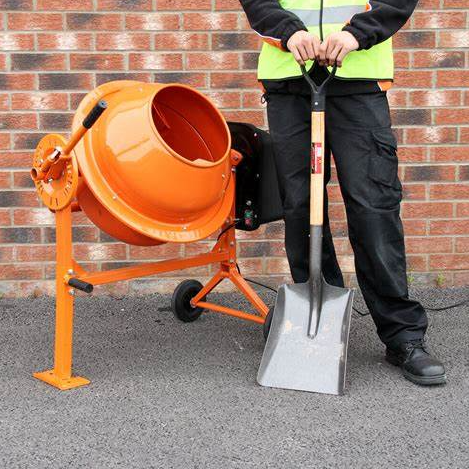
Getting Started with a Concrete Mixer
Whether you are hiring a cement mixer for a huge construction project or just a few bags for your garden, it is essential that you select a cement mixer that is up to the task and can assist you in getting things done efficiently.
Concrete mixers make it simple to mix big volumes of concrete and cement. Concrete must be mixed thoroughly and fast to be effective, which is difficult to achieve by hand. Mixers are ideal for a wide range of applications, from minor home repair projects to major commercial building projects.
If you want to learn how to handle a cement mixer correctly, you can follow these easy instructions. HSS is the go-to site for renting cement mixers and other construction equipment.
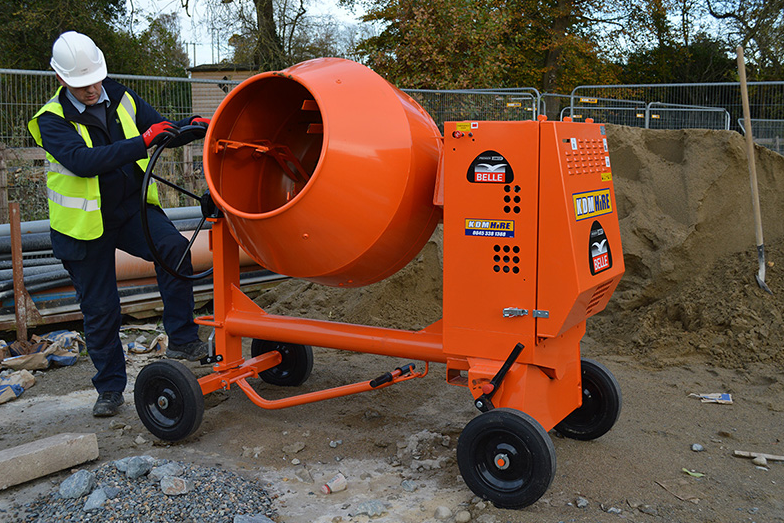
https://www.kdmhire.com/product/diesel-cement-mixe...
Choosing the Right Concrete Mixer Type
Depending on the task at hand, you can select from a wide selection of mixers.
It might be tough to tell what will work best for you with so many possibilities. So here are some factors to consider while selecting a cement mixer:
1. Capacity of the Mixer
When selecting a cement mixer, one of the most crucial factors to consider is size.
If you are starting on a significant project that will require a huge amount of concrete, you should rent a larger mixer, such as a drum or barrel mixer, which can prepare more concrete at once and therefore make your task easier.
A smaller machine will work if you're only mixing small amounts of concrete.
2. Type of Mixer
There are three types of cement mixers: planetary, drum, and continuous feed. Each kind has its own set of benefits and drawbacks:
Planetary mixers
Planetary mixers are often less expensive than drum mixers, although they require more time to complete a batch.
Drum mixers
Drum mixers are more costly than planetary versions but speedier.
Continuous-feed mixers
Provides continuous mixing without having to wait for one batch to complete before beginning another (which makes them ideal for large jobs).
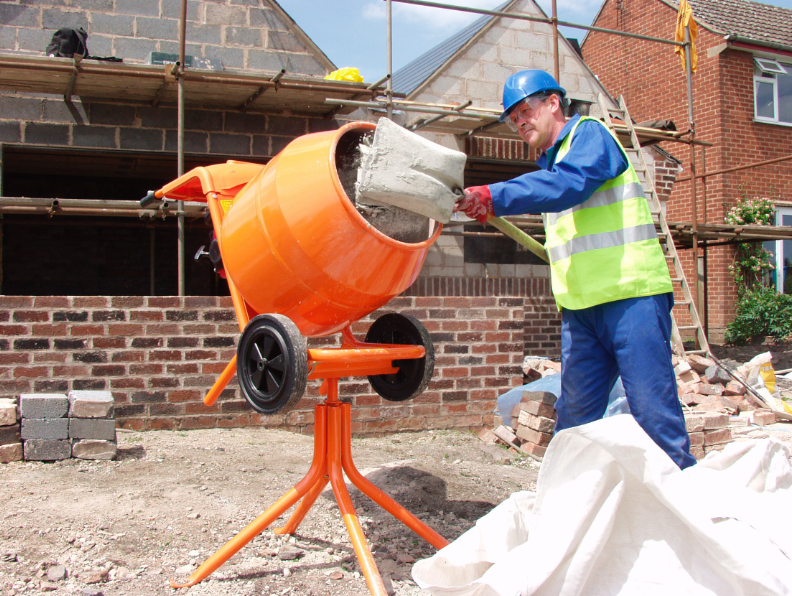
http://cementmixerscanada.com/electric-cement-mixe...
Tip-up Cement Mixers
A tip-up concrete mixer is an excellent alternative for small to medium-sized applications. These mixers are not as huge as bulk mixers, but they can still mix a substantial amount of concrete.
A tip-up cement mixer is small and portable, making it ideal for transportation.
Because of its tiny size, the mixer is suitable for little operations like constructing decks or shelters. If necessary, the mixer can be wheeled about the site or kept in place.
The mixer is equipped with a big mixing drum that can handle up to 85 litres of concrete.
When the concrete is finished, just turn the mixer over and pour the wet material into a wheelbarrow.
Choose a mixer that has suitable safety features and is simple to operate. Consider the environment you'll be working in and choose a model that can handle tough terrain, obstacles, and small places if necessary.
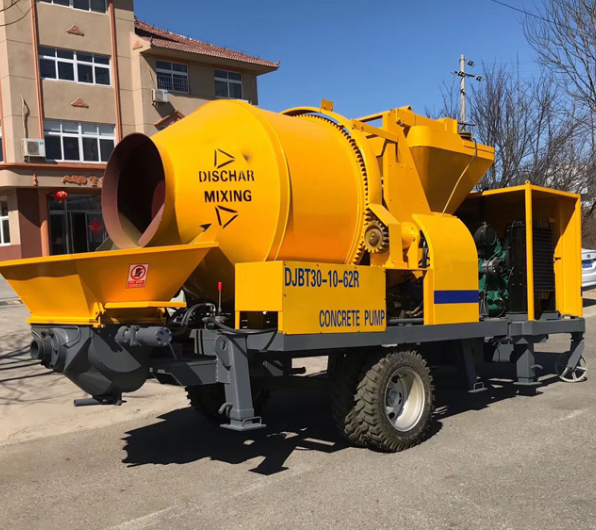
https://micfocus.en.made-in-china.com/product/Henm...
Bulk Concrete Mixers
This heavy-duty, diesel-powered, trolley-mounted mixer is ideal for mixing mortar or concrete in bulk on the job site.
It can mix up to 110 litres of concrete in a 6-minute cycle using a high-speed paddle and a large hopper. Because of the trolley design, you can quickly move the mixer about your site, and it's also perfect for combining granular materials like sand and gravel.
The entire apparatus is composed of steel, including the drum, and is meant to last. It contains an adjustable safety guard to keep you safe from the blade, as well as a safety switch to prevent the motor from being accidentally activated while not in use.
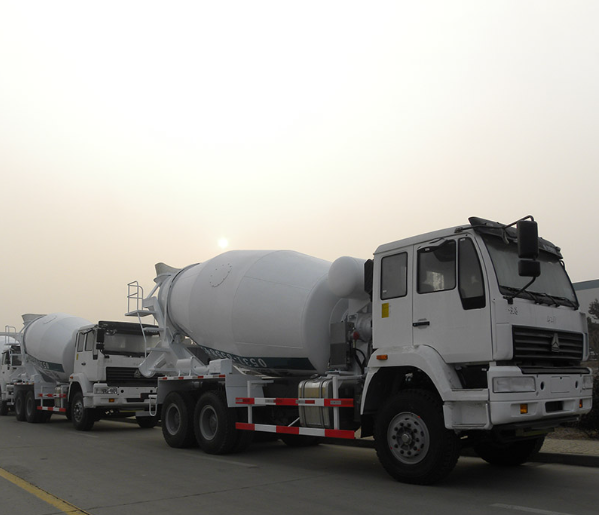
https://www.cn-sinotruk.com/product/wholesale-10m3...
5 Steps on How to Use a Concrete Mixer
In this article, we'll go through how to use a petrol concrete mixture. Although most concrete mixers function in the same manner, you should always read the directions to ensure that you use yours appropriately and safely.
Because this fuel-powered mixer is driven by a four-stroke petrol engine, unleaded gasoline must be purchased before operation.
Step 1: Comply with all safety procedures.
When operating a cement mixer, always wear long sleeves and pants, close-toed shoes, and safety goggles and gloves. Never place your hands or equipment inside a running mixer. When you book online with HSS, you can choose from a variety of safety equipment.
Set up barricades and signs to notify people that the concrete is wet and work in a clear area outside. Use the concrete fixture only after it has completely dried.
Step 2: Assemble the Mixer
Before you begin using the mixer, make sure it's on a flat surface and close to a water source. Check the oil level using a dipstick and prepare to build the stand. Assemble the mixer with care, making sure all pieces are securely fastened.
Step 3: Connect the Drum and Position It
After assembling the stand, tilt the mixer slightly and insert the stand into the swivel base. Secure the base in place with the d-clamp. Before bringing the device back up into an upright position, the swivel base must be unlocked from the mixer frame.
Step 4: Turn on the Mixer
Once everything is in place, turn on the motor to power the mixer and open the fuel tap. Never use the mixer when it is loaded.
Step 5: Correctly Mix the Concrete
Follow the instructions that came with your cement mix and add the correct amounts of cement and water while the mixer is running. Overloading a concrete mixer is dangerous, and it may also harm the concrete, so make sure you mix it in batches that meet the mixer's capacity.
It is critical that the concrete mixture not be too wet or too dry when you mix it. If you ignore this, your concrete will be difficult to work with and may even endanger your project since the mixture will not dry completely.
Perfectly mixed concrete will slide gently around the drum mixer without sloshing or crumbling. To do this, you may need to add extra water or concrete mix.
One important tip is to watch how the concrete travels as the drum rotates. The mix is too dry if it reaches the top of the mixer before falling. However, if it does not reach the side, it is overly damp.
Step 6: Carefully pour the concrete
Depending on the mixer, you will either pour the concrete straight into the mould or onto the area you are concreting, or you will pour it into a wheelbarrow.
It is ideal to have two people who can help. As the concrete is poured, one person should hold the wheelbarrow or help with a shovel while the other tips the mixer.
Slowly tilt the mixer at an angle that allows the concrete to drain from the drum. Pouring too rapidly may lead you to lose control of the mixer or the concrete.
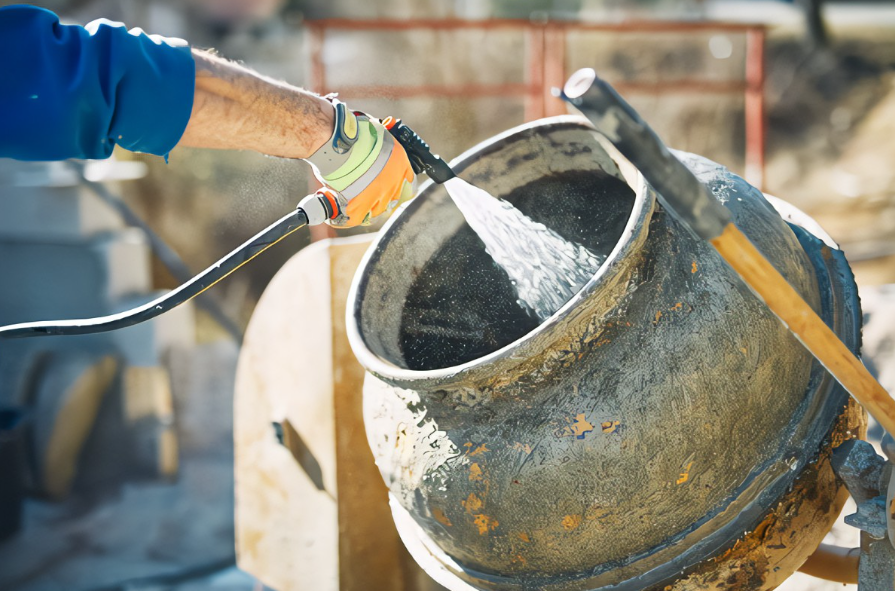
https://www.istockphoto.com/photo/construction-worker-on-a-cement-concrete-mixer-cleaning-remaining-cement-gm1140744482-305372102
Keeping the Mixer Clean
Never let the concrete dry in the mixer before cleaning it. Dry concrete is difficult to remove, if not impossible, and can damage the mixer. Turn on the mixer and add some sand and water, then let it run for a few minutes. The sand and water will clean the concrete from the sides, making cleaning the drum easier.
Turn off the mixer, empty it, and then restart it with clean water. Turn it off again, empty the drum, and unplug it from the power source. If necessary, use a brush to remove any remaining cement from the drum.
A concrete mixer is required for all types of home, garden, and construction projects. Knowing how to select one, use it correctly, and clean it will allow you to get the most out of the machine, allowing you to turn concrete into strong buildings or beautiful works of art.
When it comes to concrete mixers, HSS has everything you need to get back on track. If you have any more questions or would like to speak with our helpful staff regarding HSS Hire, please call our customer service team at 01472 907051.
Recent Posts
-
Garden Gate Buying Guide
Is your next project adding a garden gate to enhance, protect and secure your garden? Before you do
-
How to cut plasterboard
Whether you're a seasoned tradesperson or trying your hand at DIY, knowing how to cut plasterboard c

